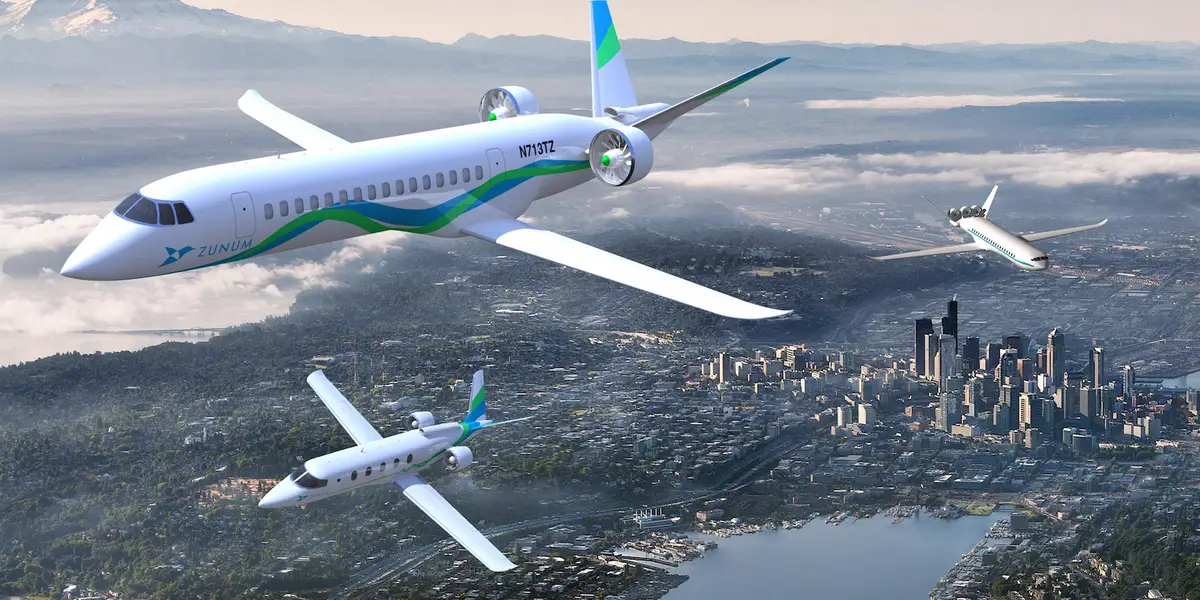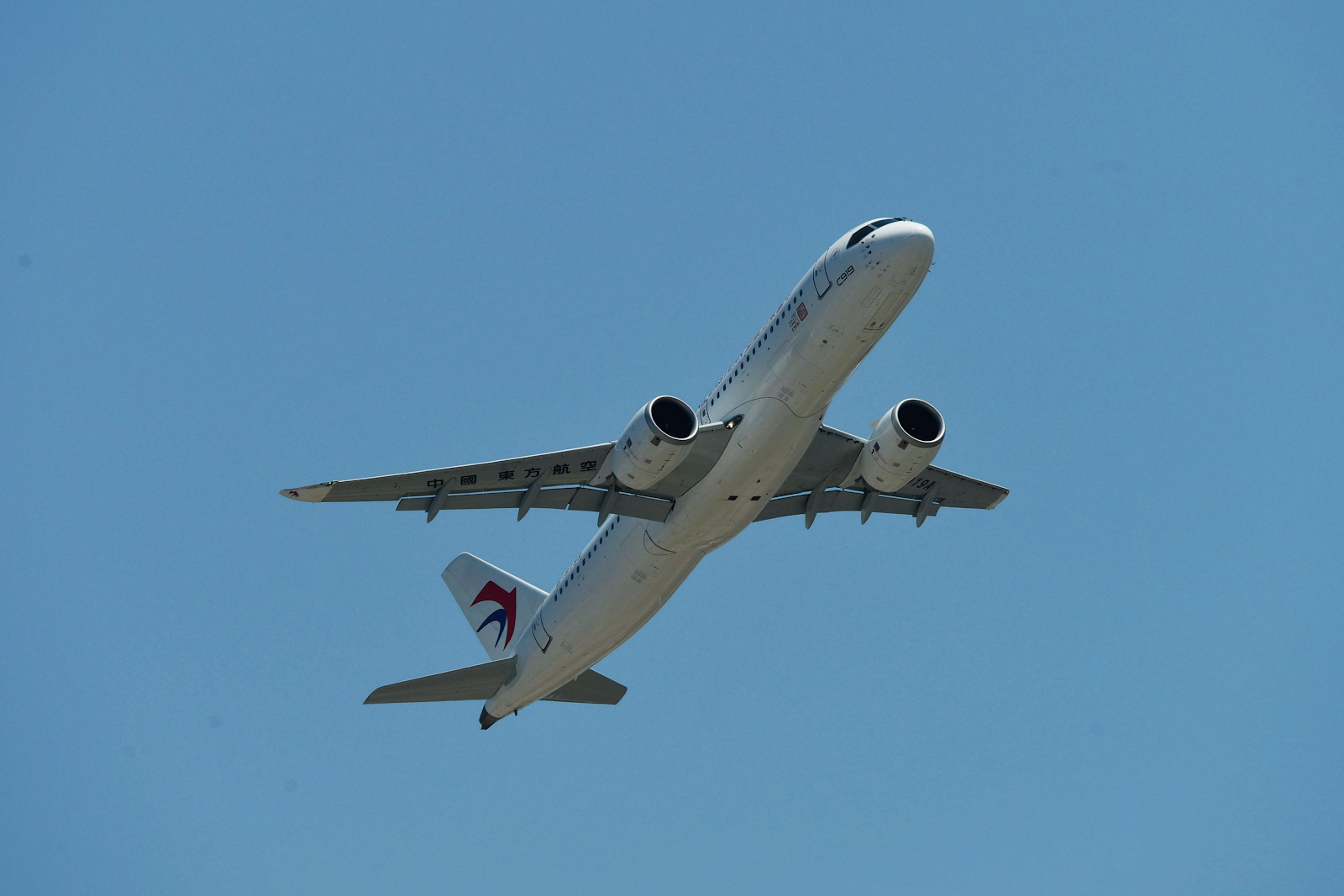Flying High: The Evolution of Jet Technology
Since the invention of the first successful jet engine in the 1930s, the technology of jet aircraft has rapidly advanced. From commercial airliners to private jets, the evolution of jet technology has led to faster, safer, and more efficient travel. In this article, we will explore the history of jet technology and its impact on private aircraft management.
The Birth of Jet Engines
In 1939, the British Royal Air Force tested the first successful jet engine, the Gloster E.28/39. This early engine, developed by Sir Frank Whittle, marked the beginning of the jet age. The engine was used to power the first British jet fighter, the Gloster Meteor, which flew for the first time in 1943.
Commercial Jet Travel Takes Off
Commercial jet travel began in 1952 with the introduction of the de Havilland Comet. This was the world's first commercial jet airliner, and it revolutionized air travel by providing faster and more comfortable flights. The Boeing 707 and Douglas DC-8 followed in 1958, further advancing the technology of jet travel.
The Rise of Private Jets
While commercial jet travel was becoming more popular, private jet ownership was also on the rise. In the 1960s, the Learjet 23 became the first successful private jet, and it quickly became a status symbol for the wealthy. The popularity of private jets continued to grow throughout the 1970s and 1980s with the introduction of the Cessna Citation and Gulfstream II.
Advancements in Technology
Advancements in jet technology have led to faster and more efficient travel. In the 1990s, the introduction of the Gulfstream V and Bombardier Global Express allowed for transcontinental flights at speeds of up to 600 miles per hour. The 2000s saw the introduction of the Cessna Citation X, which could reach speeds of up to 700 miles per hour.
The Future of Jet Technology
The future of jet technology is looking even more exciting. The development of supersonic jets, such as the Boom Overture and the Aerion AS2, promises to revolutionize air travel once again by reducing flight times by half or more. In addition, electric and hybrid-electric aircraft, such as the Lilium Jet and the Ampaire Electric EEL, are being developed that promise to reduce carbon emissions and noise pollution.
Private Aircraft Management
As private jet ownership has become more popular, so too has the need for private aircraft management services. Private aircraft management involves the maintenance, scheduling, and operation of private jets. It also includes services such as aircraft charter, crew hiring, and flight planning.
Private aircraft management companies offer a variety of services to private jet owners, including maintenance and repair, crew training and certification, and flight planning and scheduling. These services help ensure that private jets are well-maintained and operated safely and efficiently.
Conclusion
The evolution of jet technology has led to faster, safer, and more efficient air travel. From the birth of the first successful jet engine in the 1930s with the development of supersonic and electric aircraft, the future of jet technology looks bright. Private aircraft management has also become an essential service for private jet owners, providing maintenance, scheduling, and operational support. As the technology of jet aircraft continues to evolve, the demand for private aircraft management services will only increase.
Other recommended posts







Comments
Post a Comment